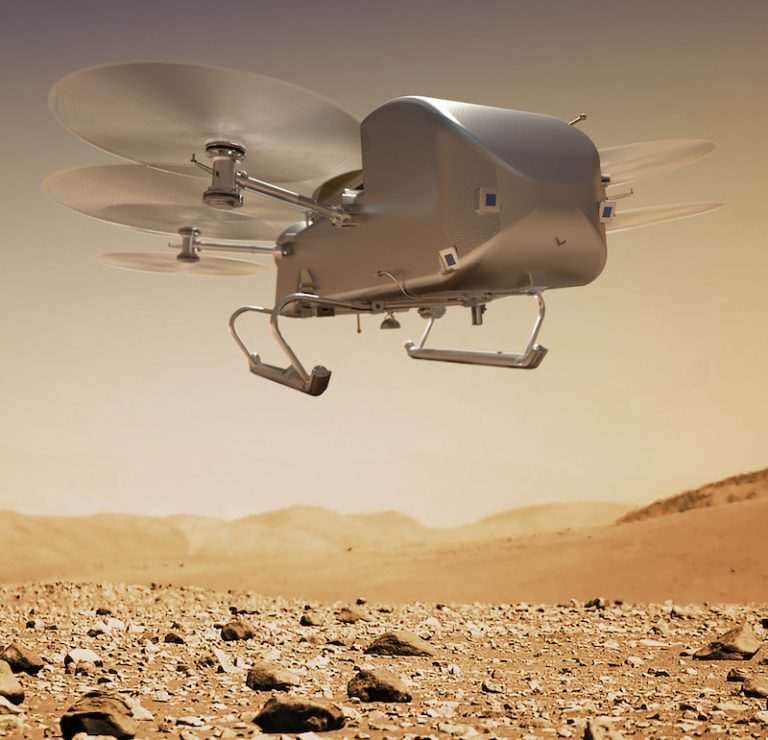Man will land on Mars through the moon
The American Space Agency (NASA) has prepared a model of the imaginary settlement of Mars on the earth itself for the establishment of human settlement on the red planet Mars. This habitation area will be used as Marswalk i.e. simulated spacewalk. The first man will land on the land of Mars through the moon.
NASA is very serious about making it on Mars
NASA is very serious about making Mars habitable. For which NASA has run many campaigns for the last several years and wants to take humans to Mars for the first time through the next mission Artemis. This route will pass through Via Moon. For this mission, NASA has made a model of red sand sandbox with the landscape of the Red Planet, measuring 1200 square feet. It exactly matches Mars. This training camp will be started in June.
a variety of training
Different types of activities can be carried out in this training campaign. These include simulated spacewalks, robotic operations, habitat maintenance, personal hygiene, exercise, and crop growth. In addition, training will also be given to environmental stresses such as resource limitation, isolation and equipment failure in Mars. NASA announced this training project on Saturday.
Training will start this summer
This summer the four men will begin a one-year Mars mission in ground habitat, helping NASA prepare for human exploration of Mars for the benefit of humanity. This area will be used to perform simulated spacewalks or “Marswalks” during analog missions.
What does Dr. Shashibhushan Pandey say?
Dr. Shashibhushan Pandey, senior astrophysicist of Aryabhatta Observational Science Research Institute ARIES, says that NASA’s exercise has to be appreciated to make the world of Mars like Earth. For this, it is a great thing to be able to prepare the atmosphere of Mars on our earth. It is possible that very soon man will settle down on Mars with life. Due to the state-of-the-art technology, this possibility cannot be ruled out.
Credits: NASA.
Photo NASA

Journalist Space science.
Working with India’s leading news paper.
और अधिक जानें

